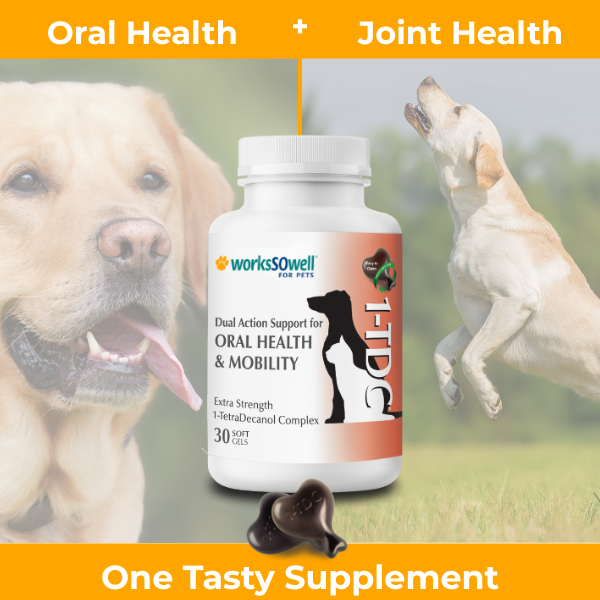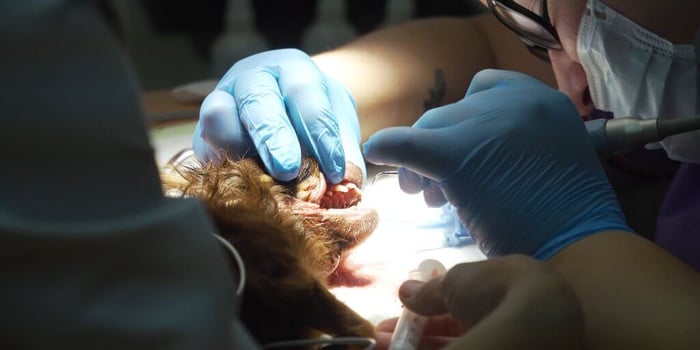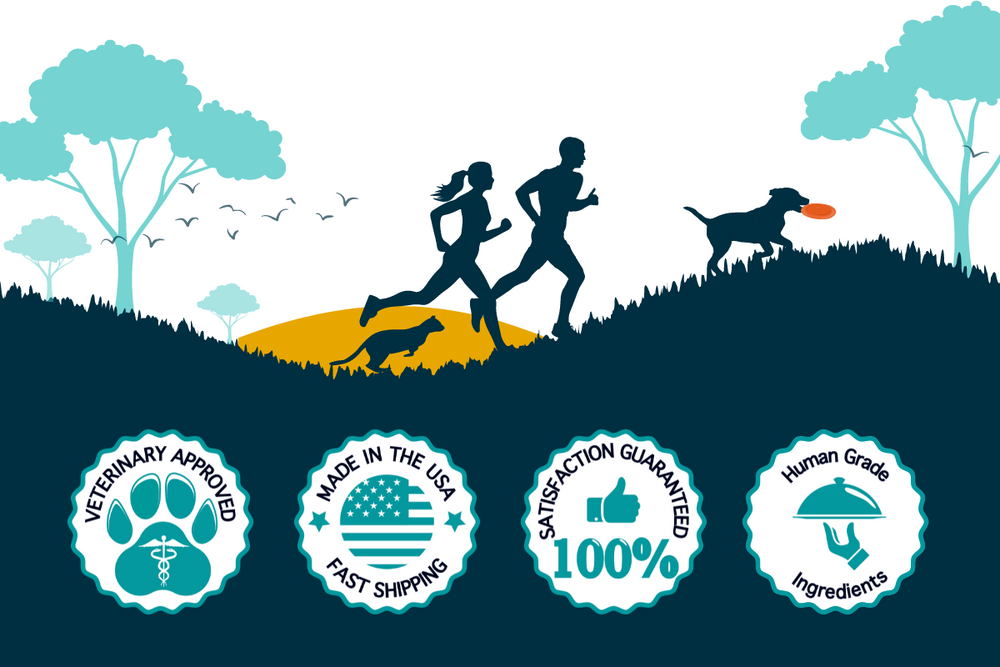Interview with AKC EOJ Team USA Member McKenzie Minto. 1TDC sat down to talk with 17-year-old AKC European Open Junior (EOJ) Team USA member McKenzie Minto about preparing for the upcoming event and agility in general.
Question: How old is your dog? What breed is he/she?
McKenzie’s answer: I compete in agility with two dogs: Breeze and Safari. Safari is the one I am taking to The Netherlands for the EOJ this year. Safari is 2.5 years old, and she’s a border collie.
Question: How long have you and your dog been competing in agility?
McKenzie’s answer: I started competing in AKC agility with Safari right when she turned 15 months old. When she was a puppy, my mom and I did foundation training until she turned a year old. When we started teaching her all the obstacles, she took to agility so quickly that we felt she was ready to compete in Novice when she turned 15 months old. As for me, I’ve been competing in agility since I was 9 years old.
Question: How did you get into agility?
McKenzie’s answer: I discovered agility by chance when I was at the local dog park with my two dogs. Across the field, my mom and I noticed a woman who was doing some really cool tricks with her border collie, so we decided to approach her and ask about her training. Her name was Trish Dranchak, and she ended up becoming a really good friend and introducing my family to agility.
Soon enough, I was signing up for beginning agility classes at the young age of 8 years old. About the time I started agility, I also dabbled in a bunch of different dog sports: flyball, herding, dock diving. However, I found myself to be more drawn to agility because I liked that the courses were different every time, so it was always a new challenge. Aside from that, I found that agility was the most prominent and easily accessible dog sport in my area, so that made it easier to dedicate to.
I don’t remember the exact moment that I became hooked on agility, but I do remember how amazing it felt when I won my first ribbon at a trial. Running the course clean was (and still is) always satisfying enough for me, but winning that beautiful blue ribbon was the cherry on top that gave me a feeling of pride that I knew I wanted to keep fighting for.
Question: What’s your favorite part about agility? What’s your least favorite part?
McKenzie’s answer: I could write a book about the reasons that I love agility. I love to travel and see different parts of the world, and I love the simple thrill of running a course and having this indescribable connection with an animal. But, if I had to choose my absolute favorite part about it, it would have to be the community of people. I have made so many great friends—juniors and adults—by competing in agility, both locally and internationally.
Being on Team USA has allowed me to become close friends with all of my junior teammates from across the country. And, competing overseas has allowed me to meet awesome people from around the world! In fact, one of my best friends is on the EOJ team from Luxembourg! All of my agility friends are always so supportive of me and my agility aspirations. My least favorite aspect about agility would probably have to be the cost.
Although many clubs offer discounts for juniors, things like entry fees, travel expenses, and lessons cost quite a bit. I consider myself extremely lucky to have two parents that not only support my passion financially but also travel with me to the competitions. I would love to see more juniors in the sport, but I understand how economics could be an inhibitor.
Question: What’s your dog’s favorite part about agility? What’s your dog’s least favorite part?
McKenzie’s answer: Safari’s favorite part about agility is definitely getting to run full out. She loves straight lines and sending away from me. On the other hand, her least favorite part is collection and coming toward me. Right now, we’re doing a lot of drills to help her do tight turns less hesitantly.
Question: Where/when do you train?
McKenzie’s answer: I usually train on full courses once a week, but I also try to do small drills in my yard a couple times a week. The current place that I train is called Happy Dog Agility in Moorpark, California, and my two trainers are Mia Grant and Sandy Scott. On off days, I like to do fitness and mobility exercises for both myself and my dog. To me, agility is a sport, so I want to make sure that my dog and I prepare like athletes. I also play on my school soccer team, so that helps me stay in shape for the running and the footwork that is required of me on the agility course. For Safari, various drills involving a Bosu Ball and treat-prompted movements help her maintain strong core and leg muscles.
Question: How long have you been part of the AKC EOJ Agility Team USA? How did you get on the team? Has this been a goal for you since you started agility?
McKenzie’s answer: I first joined the AKC EOJ Team USA in 2016 with my border collie Breeze. That year, the competition was held at this incredible Olympic sporting facility in Slovakia, and it was the experience of a lifetime. I first heard about the AKC Jr. National Team from my connection with the team coach, Susan Cochran, whom I had met when I first attended Power Paws Camp in 2011. I applied for the team by filling out a virtual application form and sending in videos of my runs with Breeze.
I was absolutely ecstatic when I found out that I had made the team, and so was my agility community! The second year I attended the EOJ, it was located in Luxembourg, and I brought my younger border collie Safari. I feel like my goals for agility are constantly shifting. When I first started agility, I didn’t even know that international competitions existed.
My goal back then was simply to enjoy the game and continue to improve. As I met more phenomenal, inspiring handlers, I decided that I wanted to be just like them. When I got Breeze, my goal from the beginning was to compete internationally with her. Luckily, being on the EOJ team allowed me to accomplish just that! Now, my goals have widened to things like get a gold medal at an international competition, earn a spot on the EO team, and, eventually, become a member of the AKC World Team. Through it all, though, my goal is always to have fun with agility.
 Photo Credit: Jennifer Godwin Minto
Photo Credit: Jennifer Godwin MintoQuestion: What are you looking forward to most in terms of competition? Will you be traveling a long distance? Do you have any tips for those traveling with pets?
McKenzie’s answer: My very next competition is the USDAA Southwestern Regional event in Camarillo. I love going to Regionals because people come from farther away than a regular local trial, so I get to see friends that I don’t see very often. Luckily, this event is just over an hour away from where I live, so I won’t be traveling too far to get there. I’m really looking forward to competing in the team events at Regionals, as well as the fun BBQ my friends and I are having afterward. For traveling on the road, I highly recommend installing a crate in the car. It is much safer—not to mention more comfortable for the dog—than having the dog loose or even strapped on the car seat. My next big competition is the EOJ in The Netherlands this July.
I got to experience the country briefly when we flew into Amsterdam last year for EOJ in Luxembourg, but I’m very excited to spend more time there. Flying a dog underneath the airplane is definitely intimidating, but with 2 years of going to Europe already under our belts, my mom and I are much more comfortable with the process. Thankfully, Team USA has a fantastic pet travel agent who helps the team members work out all the details of making the trip overseas. Luckily, Safari is a very easy dog to travel with; she’s super adaptable to new environments.
The first time she went under the plane, she was a little apprehensive, but she quickly warmed up to it and now it doesn’t phase her at all. I cannot choose just one thing that I look forward to about the EOJ. Everything, from the courses to the people to the dancing to the epic Team USA Uniforms, is absolutely unforgettable.
Question: Do you give your dog 1TDC? For how long? What differences have you seen it make for your dog?
McKenzie’s answer: I’ve been giving 1TDC to my dogs for about 2 years now. Like I said earlier, agility is a sport, so I try to make sure that my dog and I take care of our bodies like athletes. This means that I take vitamins for myself, and Safari gets supplements for her body too.
Agility can be especially strenuous on the dog’s joints because they are jumping, turning, and climbing things at high speeds. It certainly makes me feel better to know that Safari’s joints are properly nourished so that she can be in her top physical shape for as long as possible.
Question: Do you think agility is a good sport for other young people to be involved in? What do you think agility has taught you and could teach other youth?
McKenzie’s answer: I absolutely think agility is a fantastic sport for youth to be involved in. There are a million reasons why I think this. For me, I found that having agility in my life gave me such a sense of identity while growing up. It created this part of me that was unique and interesting to talk about. The life lessons I’ve learned from agility are endless: perseverance, positivity, and sportsmanship, to name a few.
I’ve also recently discovered what an advantage it has been for me to learn how to interact with dogs. Many kids are so afraid of dogs that they end up putting themselves at more risk of danger because they get tensed up and hesitant. By growing up around all types of dogs, I’ve learned how to read dogs’ body language and interact with them safely.
Question: Where should people go to learn more about agility and begin training?
McKenzie’s answer: The best way to start agility would be to find a local training club and enter a foundation class. Remember, your dog can be any breed and essentially any age. If you want to learn more about it, you can always visit a trial to see how they work.
Agility competitors are usually very welcoming to observers, so don’t be afraid to ask questions about this wonderful sport! It was great speaking with a young agility competitor who is so passionate about the sport. We wish McKenzie and Safari the best of luck at the EOJ this July!
1-TDC Oral Health + Mobility Support for Dogs

$32.00
Keep your pet Happy, Active & Comfortable from Head-to-Tail with 1-TDC. This unique supplement is SO effective that it is recommended by TOP Veterinary Experts worldwide to maintain and improve your pet’s health in 4 important areas: Oral Health….… read more









